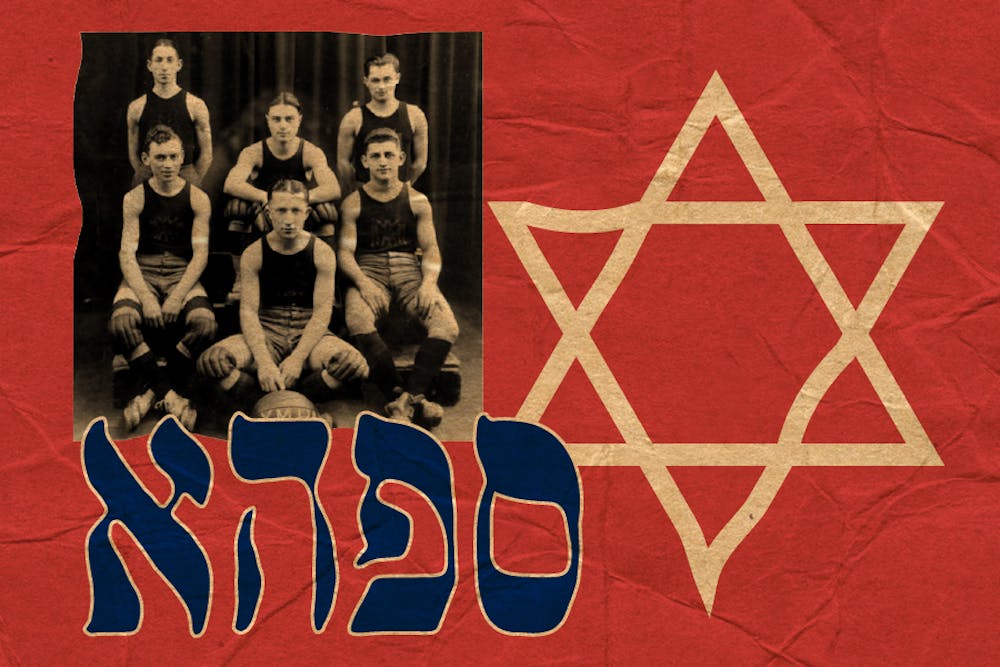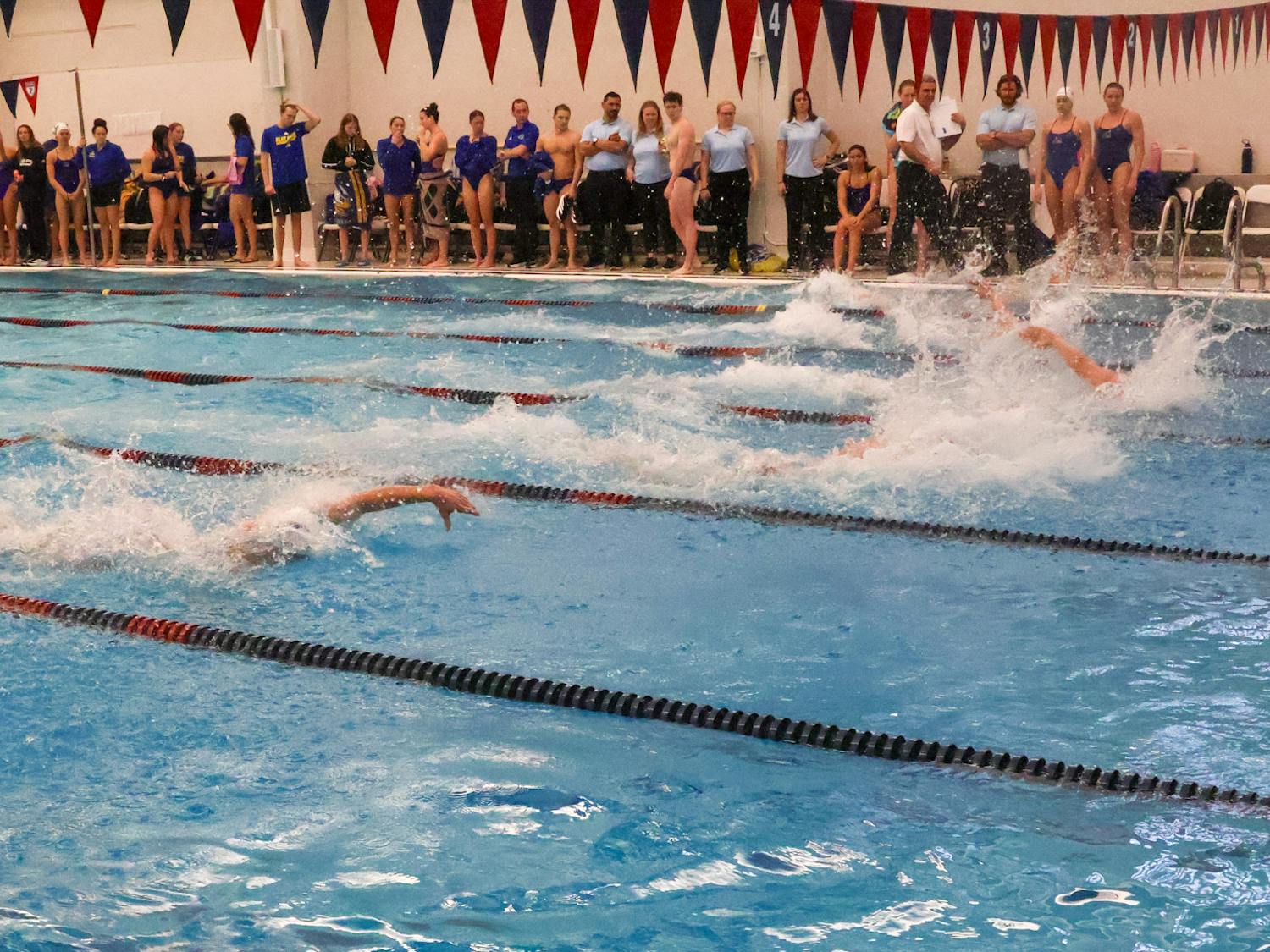Over a century ago, before the playgrounds of New York and the gyms of LA were hotbeds of youth basketball talent, the best players in the country hailed from South Philadelphia. In particular, the rivalry between South Philadelphia High School and Central High School was where the best talent was found. Children of Jewish immigrants from Eastern Europe filled the teams on both sides of the rivalry.
In particular, Eddie Gottleib, future NBA Hall of Fame executive and early basketball pioneer, along with his two friends, Harry Passon, and Edwin Black, helped Southern come out on top and win the league each year from 1914 to 1916.
After these stars graduated, they formed their own team, made up mostly of Jewish players, sponsored by the YMHA (Young Men's Hebrew Association). After a few years, when the YMHA could no longer sponsor them, they turned to the SPHA (South Philadelphia Hebrew Association), and the most dominant basketball dynasty you may have never heard of was born.
In the pre-NBA era dominated by exhibition games and independent leagues, teams would do all they could to play as many games as possible. The SPHAS, unable to join a league in their initial seasons and were forced to barnstorm, traveling around the country playing exhibition games against any and all competitors. After two years, they were finally invited to join a league in 1923 as members of the Philadelphia League. They immediately won back-to-back championships, beginning their unbelievable run of 12 championships in 24 years.
The team moved on to the Eastern League by 1925, which went out of business mid-season and forced the SPHAS to move back to their roots and play exhibition games. They scheduled games against six teams in the fledgling ABL (American Basketball League), one of the earliest major professional basketball leagues in the USA, as well as best-of-three series with two of the best exhibition teams of the era: the New York Original Celtics and the New York Renaissance. This switch proved immensely valuable for the team, as they won five of the six ABL games, and both of the series against the teams from the Big Apple. These high-profile wins boosted the SPHAS notoriety, making them one of the most renowned basketball teams in the country.
The SPHAS then played one season in the ABL before a return to the revamped Eastern League in 1930. The team, now led by recent Temple University grad and star player for the Owls, and future NBA Hall of Famer, Harry Litwack, won the league three years in a row before losing in the championship in 1934.
Throughout their journeys across leagues, SPHAS stayed a distinctly Jewish team. The majority of players were Jewish and uniforms prominently featured a Jewish Star. The team especially became a rallying point for the Jewish community, with their games at the Broadwood Hotel being a place for Jews from all over the city to meet.
As Gottleib told Sports Illustrated in a 1979 interview, “A lot of fans met their future wives and husbands at SPHAs games.”
It was just that kind of atmosphere.
Following the success in the Eastern League, the SPHAS were officially invited to join the ABL in 1933. They quickly became the best team in the league, winning a championship in their first season. Over the following 14 years, the SPHAS made the playoffs 12 times, and their seven championships captured the hearts of Jews and non-Jews alike in the northeast. The SPHAS were the most dominant team in the league’s history, as their seven titles were more than double the amount of titles any other team won.
In 1946, however, the BAA (Basketball Association of America), precursor to the NBA, was formed, effectively signaling the end of independent leagues and exhibition teams. The best players in the country flocked to the new league, especially after its merger with the other dominant league in the country, the NBL (National Basketball League) in 1949. Despite this, the ABL hung on for a few more years, finally shutting down in 1955. After 1949, however, the SPHAS left the ABL and shed their distinctly Jewish identity. They moved back to their roots, playing exhibition games against the Harlem Globetrotters, before officially dissolving in 1959.
The legacy of the team, however, was critical to basketball in the early years of the NBA. Eddie Gottleib, the founder and longtime coach of the SPHAS, helped found one of the association's inaugural teams, the Philadelphia (now Golden State) Warriors. He took over as sole owner in 1951 and coached the team up until 1955. He was instrumental in expanding the league westward, selling the team to a group that moved them, and star Wilt Chamberlain, out to San Francisco, an important step in making the NBA a country-wide phenomenon in the 1960s.
Gottleib’s influence didn’t end there, as he stayed right in the middle of the up-and-coming league, organizing the league’s scheduling and serving as a member of the NBA rules committee up until his death in the late 1970s.
Another key member of the team, Litwack, was a legendary college basketball coach in the early era of the modern game, serving as the head coach of his alma mater, Temple University, from 1952 until 1973. He found unparalleled success with the team and suffered only one losing season in 21 years; compiling a 373-193 record.
Both Gottleib and Litwack were recognized for their critical contributions to the game and inducted into the Basketball Hall of Fame: Gottleib in 1972, followed by his friend Litwack in 1976.
The story of the SPHAS is reminiscent of an earlier time, where small, local teams brought together communities and served as a way to show pride in one’s neighborhood, as opposed to the much larger representation of NBA teams today. Even if they aren’t widely remembered today, and even if the game has radically transformed since the SPHAS last stepped on the court of the Broadwood Hotel, the legacy and contributions of the SPHAS to the modern game of basketball as we know it today, both in college basketball as well as in the NBA, are seen every day.









